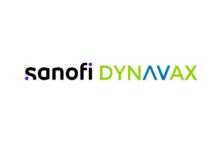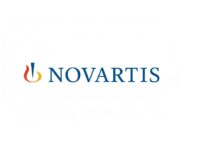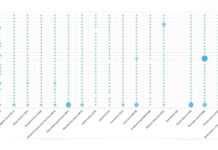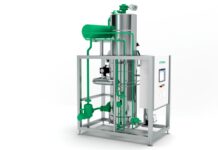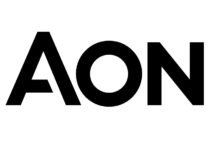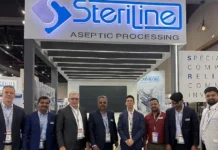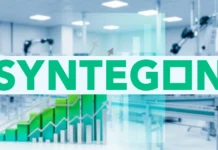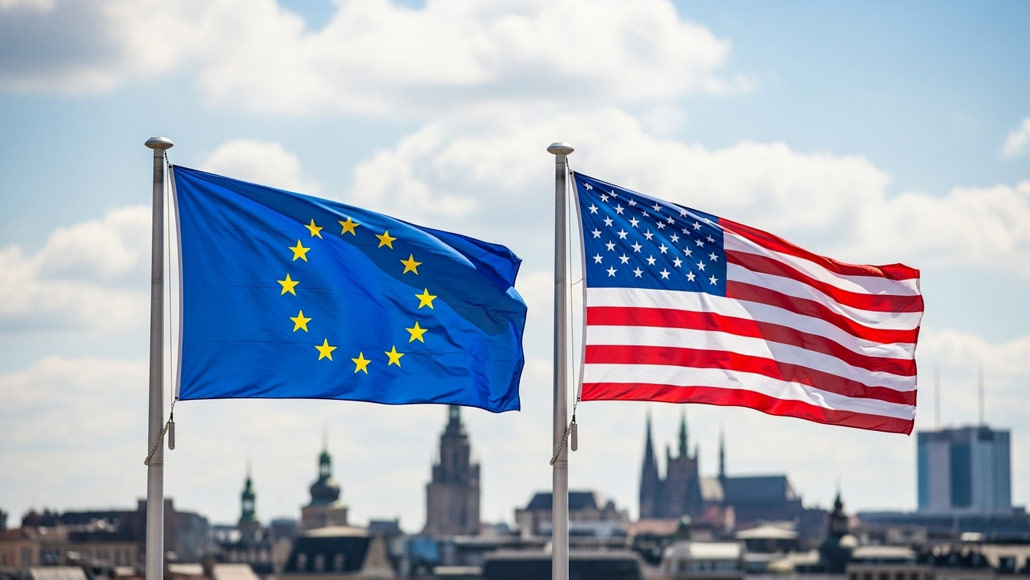The United States and the EU have, on August 21, 2025, announced a joint statement related to the trade framework agreement on reciprocal, fair, and balanced trade. This landmark trade US-EU trade framework agreement happens to mark a major reset in the economic relationship when it comes to the two largest economies of the world so as to establish a much more robust foundation in terms of their trade and investment collaboration. The two go on to view this framework agreement as the initial step in a wider process, the one that is going to expand with time so as to cover more areas, enhance the market access, and also further strengthen the investment ties as well as trade.
Pharma-specific provisions
Although the deal goes on to cover a wide range of sectors, right from energy to semiconductors to automobiles, the pharmaceutical sector has also gone on to emerge as one of its most heavily affected elements by establishing specific provisions for the same and creating differentiated treatment between generic as well as branded products effective from September 1, 2025.
As per the agreement, generic pharmaceuticals as well as their ingredients, along with chemical precursors, are going to receive the MFN tariff treatment, the standard and lowest tariff rates that are going to be applied to normal trading partners. Apparently, this exemption goes on to represent a prominent carve-out from the higher tariff structures, thereby recognizing the immediate nature of generic drugs when it comes to public health as well as healthcare affordability.
It is well to be noted that the framework goes on to establish a 15% maximum tariff rate when it comes to branded pharmaceutical products by directly addressing the ongoing Section 232 investigation within pharmaceuticals. This kind of ceiling goes on to apply in spite of the investigation findings, thereby providing a regulatory certainty when it comes to branded drug manufacturers who are operating both in the EU and in the US markets. The 15% rate happens to represent a prominent dip from the massive 250% pharmaceutical tariffs that had been threatened.
Reactions from the European countries
Ireland – a strategic factory for the pharmaceutical hub of Europe
Ireland, which happens to be the largest pharmaceutical exporter to the US from Europe, went on to express a very strong satisfaction with the provisions related to pharmaceuticals. Tanaiste Simon Harris went on to welcome the agreement by saying that due to this kind of clarity, pertaining to single as well as all-inclusive 15% goods, they also have the assurance that this rate will extend to pharmaceuticals as well as semiconductors, which provides an important shield to Irish exporters, who otherwise would have been subject to much larger tariffs.
Taoiseach Michael Martin Stressed the pharmaceutical industry’s critical significance – He said that given the scale of the pharmaceutical as well as semiconductor sectors when it comes to Ireland, it is really imperative that the joint statement confirms that the 15% is a ceiling that will be applied to exports in these areas come what may be the circumstances, including when the present US Section 232 investigations get concluded.
Interestingly, the Irish Department of Foreign Affairs underscored the zero-to-zero tariff rate carve-outs for certain products when it comes to generic pharmaceuticals, which directly goes on to be an advantage for the substantial generic manufacturing sector of Ireland.
Marcos Sefcovic, the EU trade commissioner, went on to characterize the agreement as one of the most favorable trade deals the US has extended to any partner. In the August 21 press conference, Sefcovic confirmed that the 15% tariff ceiling is not going to be added to the existing tariffs and also stressed the importance of exemptions in generic pharmaceuticals.
Sefcovic noted that the framework goes on to address numerous Section 232 tariffs, which have been limited to the broader 15% tariff ceiling, which includes the likes of pharmaceuticals, by being represented prominently lower than the rates Trump had occasionally threatened them with.
He also stressed that this isn’t the end, but the beginning. This framework is indeed the first step, thereby suggesting that the future negotiation could as well widen the protection that pharmaceuticals might get.
President Ursula von der Leyen, the European Commission president, welcomed the joint statement, stressing that it offers predictability to their companies as well as consumers and also balance when it comes to the largest trading partnership in the world.
Although she did not specifically address pharmaceuticals, her statement in terms of security for European jobs as well as economic growth in the long term directly affects the pharmaceutical industry, which, by the way, happens to employ hundreds of thousands throughout Europe.
The sector implementation requirements when it comes to pharmaceutical companies
Product classification along with regulatory alignment
The pharmaceutical companies must establish very crystal-clear definitional boundaries when it comes to generic as well as branded product lines so as to maximize the tariff benefits within the September 1, 2025, effective date.
This needs –
- Generic drug qualification documentation, thereby ensuring the products go on to meet the FDA as well as EMA generic definitions under the dual regulatory frameworks.
- API sourcing verification, which proves the ingredient origins qualify in terms of MFN treatment under the exemption of generic pharmaceuticals.
- Manufacturing location certification that demonstrates EU-based production when it comes to applicable pharmaceutical products.
- Regulatory compliance documentation, which supports product categorization claims related to tariff.
It is well to be noted that companies with integrated operations go on to specifically face the complexity in establishing these pharmaceutical distinctions, since the authorities would scrutinize the attempts in order to classify the branded products as generic just because of tariff optimization.
Optimization of pharmaceutical supply chain
It is well to be noted that the tariff differential goes on to create specific incentives when it comes to pharmaceutical supply chain realignment.
- EU generic API consolidation so as to capture the MFN advantages for active pharmaceuticals as well as chemical precursors.
- Manufacturing footprint evaluation so as to determine optimal production locations when it comes to generic versus branded pharmaceutical operations
- Pharmaceutical inventory restructuring so as to minimize the tariff exposure in terms of branded drugs, and at the same time, maximize the generic product flow by way of preferential channels
- European supplier qualification so as to accelerate the vendor approval processes for certain EU-based pharmaceutical ingredient suppliers
Additional strategic considerations
Section 232 compliance preparation: Companies have to prepare for ongoing US pharmaceutical security investigations and at the same time function under the 15% tariff ceiling, which includes enhanced documentation in terms of pharmaceutical supply chain dependencies.
Pharmaceutical pricing strategy alteration: The 15% tariff when it comes to branded pharmaceuticals needs urgent pricing model updates because of the healthcare reimbursement system, along with patient access implications.
Investment decision recalibration: The framework goes on to influence the pharmaceutical research and development allocation, especially regarding clinical trial locations along with manufacturing facility investments throughout the US as well as EU markets.
The pharmaceutical industry evaluation
The framework offers targeted relief, especially for pharmaceutical supply chains and not just the comprehensive trade form. The generic drug exemption goes on to preserve the low-cost structure, which is essential for healthcare access that’s affordable, while the branded pharmaceutical tariff ceiling happens to offer planning predictability in terms of innovative drug manufacturers. US-EU trade framework is indeed a step forward towards establishing a more subtle supply chain.
It is well to be noted that the agreement goes on to acknowledge the pharmaceutical supply chain and the critical infrastructure role it plays by specifically safeguarding the generic drug access and also recognizing the essential nature of these products when it comes to public health systems.
Apparently, the September 1, 2025, effective date goes on to offer pharmaceutical companies’ urgent clarity in terms of managing the drug pricing and supply chain logistics along with regulatory compliance plans. This happens to represent a very practical pharmaceutical sector compromise, offering immediate industry clarity while at the same time maintaining the flexibility in policy for trade negotiations in the future. Importantly, European pharmaceutical companies can also proceed with the present manufacturing arrangements while at the same time executing the operational changes in order to optimize the advantages in the new pharmaceutical tariff structure, especially in terms of leveraging the generic drug exemptions and at the same time planning for the branded drug cost management elements.



